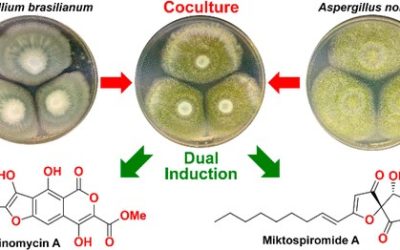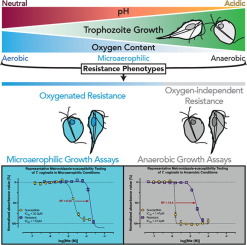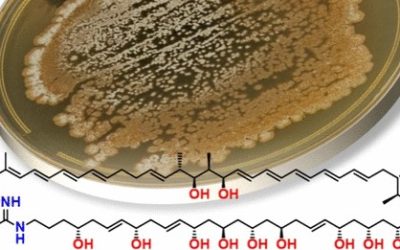Hang Li, Haochen Wei, Jinyu Hu, Ernest Lacey, Alexandre N. Sobolev, Keith A. Stubbs, Peter S. Solomon, and Yit-Heng Chooi
ACS Chem. Biol. 2020, 15, 226-233.
Publication Date: Decmber 9, 2019
https://doi.org/10.1021/acschembio.9b00791
Abstract:
The etiology of fungal pathogenesis of grains is critical to global food security. The large number of orphan biosynthetic gene clusters uncovered in fungal plant pathogen genome sequencing projects suggests that we have a significant knowledge gap about the secondary metabolite repertoires of these pathogens and their roles in plant pathogenesis. Cytochalasans are a family of natural products of significant interest due to their ability to bind to actin and interfere with cellular processes that involved actin polymerization; however, our understanding of their biosynthesis and biological roles remains incomplete. Here, we identified a putative polyketide synthase-nonribosomal peptide synthetase (PKS-NRPS) gene cluster (phm) that was upregulated in the pathogen Parastagonospora nodorum during its infection on wheat. Overexpression of the transcription factor gene phmR encoded in the phm gene cluster resulted in the production of two leucine-derived cytochalasans, phomacins D and E (1 and 2, respectively), and an acetonyl adduct phomacin F. Heterologous expression of the PKS-NRPS gene phmA and the trans-enoyl reductase (ER) gene phmE in Aspergillus nidulans resulted in the production of a novel 2-pyrrolidone precursor prephomacin. Reverse genetics and wheat seedling infection assays showed that ΔphmA mutants exhibited significantly reduced virulence compared to the wild type. We further demonstrated that both 1 and 2 showed potent actin polymerization-inhibitory activities and exhibited potentially monocot-specific antigerminative activities. The findings from this study have advanced our knowledge based on the biosynthesis and biological roles of cytochalasans, the latter of which could have significant implications for our understanding of the molecular mechanisms of fungus–plant interactions.


